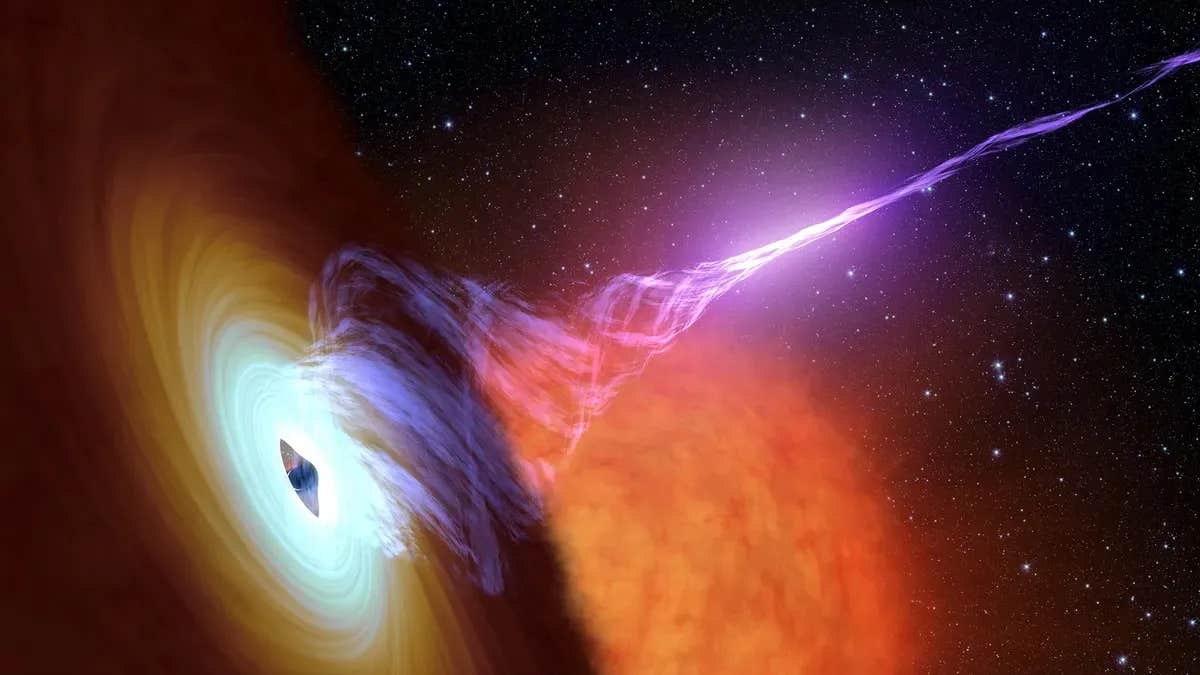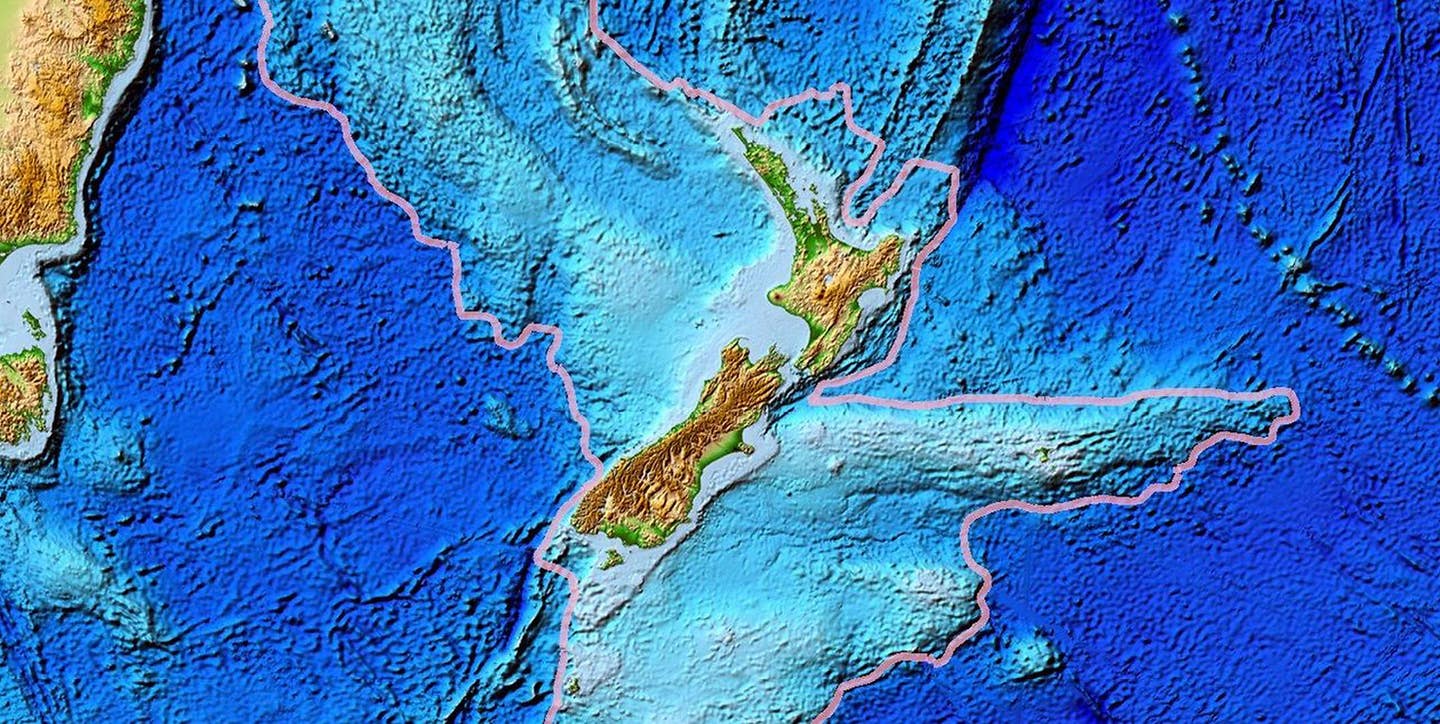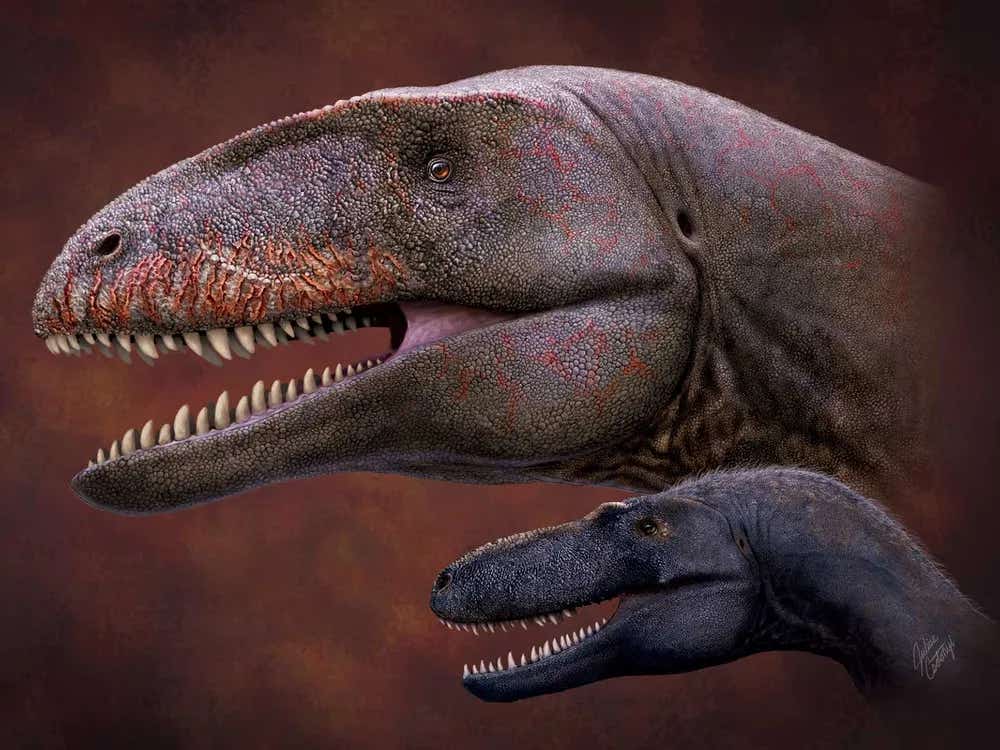Astronomers detect super-massive black hole ‘starving’ its host galaxy to death
New findings from the James Webb Space Telescope reveal that supermassive black holes can halt star formation in galaxies, starving them of gas and halting their growth.

Astronomers have confirmed that supermassive black holes can deprive their host galaxies of the gas needed to form new stars. (CREDIT: NASA/JPL-Caltech)
Astronomers have confirmed that supermassive black holes can deprive their host galaxies of the gas needed to form new stars, thanks to observations from the NASA/ESA James Webb Space Telescope (Webb). This discovery sheds light on how these cosmic giants contribute to galaxy evolution by halting star formation.
A team led by researchers from the University of Cambridge used Webb to study a galaxy comparable in size to the Milky Way, existing about two billion years after the Big Bang. Like most large galaxies, this one contains a supermassive black hole at its core. However, this galaxy is nearly dormant, having ceased producing new stars.
Dr. Francesco D’Eugenio from Cambridge’s Kavli Institute for Cosmology explained, “We knew this galaxy was in a quenched state, meaning it wasn’t forming many stars despite its size, and suspected a link between this and the central black hole. Until now, though, we couldn’t observe it in enough detail to confirm that connection, nor could we determine if this state was temporary or permanent.”
The galaxy, officially designated GS-10578 and colloquially referred to as ‘Pablo’s Galaxy’ after the colleague who first selected it for study, is enormous given its early age. With a mass approximately 200 billion times that of our Sun, most of its stars formed during a window between 12.5 and 11.5 billion years ago. This places it in a unique position in the early universe, as galaxies at that time were typically forming stars at a rapid pace.
Related Stories
Professor Roberto Maiolino, also from the Kavli Institute for Cosmology, pointed out, “Given its immense size, whatever mechanism stopped star formation here must have acted fairly quickly. In the early universe, it’s rare to see such a massive, ‘dead’ galaxy.”
Using Webb, the researchers found that GS-10578 is expelling gas at speeds reaching 1,000 kilometers per second. This is fast enough to escape the galaxy’s gravitational pull. These rapid winds are propelled by the black hole, pushing the gas out of the galaxy and preventing new stars from forming. This phenomenon offers direct evidence of the role black holes play in halting galactic growth.
Other galaxies with actively accreting black holes also display winds of fast-moving hot gas, but what makes ‘Pablo’s Galaxy’ different is that Webb’s advanced sensitivity has revealed something unseen before. In addition to the hot gas, a denser and cooler wind component is present, which doesn’t emit light and was invisible to previous telescopes. Webb was able to detect this dark gas by observing how it obscures light from objects behind the galaxy.
The mass of gas being expelled is greater than the amount needed for the galaxy to continue star formation, effectively strangling the galaxy. “We found the culprit,” D’Eugenio remarked. “The black hole is starving this galaxy, cutting off the gas it needs to form new stars and keeping it in a dormant state.”
While models had predicted that black holes could cause this kind of star formation quenching, direct evidence had been lacking until now. Prior theories also suggested that when star formation halts in a galaxy, the process is chaotic and destroys the galaxy’s structure. However, the stars in GS-10578 are still moving in an orderly, disc-shaped pattern, indicating that such destruction isn’t always the outcome.
Maiolino emphasized the significance of Webb’s contribution to this discovery. “We knew black holes had a massive impact on galaxies and that they likely play a role in shutting down star formation, but until now, we couldn’t directly confirm this. Webb is truly a game-changer in our ability to study the early universe and understand how it evolved.”
Further observations using the Atacama Large Millimeter/Submillimeter Array (ALMA) are planned to explore the coldest, darkest gas components of the galaxy. These will help researchers determine if any material that could support future star formation is hidden within the galaxy and further clarify the supermassive black hole’s influence on its surroundings.
This research, reported in the journal Nature Astronomy, was made possible through support from several organizations, including the Royal Society, the European Union, the European Research Council, and the UK’s Science and Technology Facilities Council (STFC), part of UK Research and Innovation (UKRI).
Note: Materials provided above by The Brighter Side of News. Content may be edited for style and length.
Like these kind of feel good stories? Get The Brighter Side of News' newsletter.
Rebecca Shavit
Science & Technology Journalist | Innovation Storyteller
Based in Los Angeles, Rebecca Shavit is a dedicated science and technology journalist who writes for The Brighter Side of News, an online publication committed to highlighting positive and transformative stories from around the world. With a passion for uncovering groundbreaking discoveries and innovations, she brings to light the scientific advancements shaping a better future. Her reporting spans a wide range of topics, from cutting-edge medical breakthroughs and artificial intelligence to green technology and space exploration. With a keen ability to translate complex concepts into engaging and accessible stories, she makes science and innovation relatable to a broad audience.



